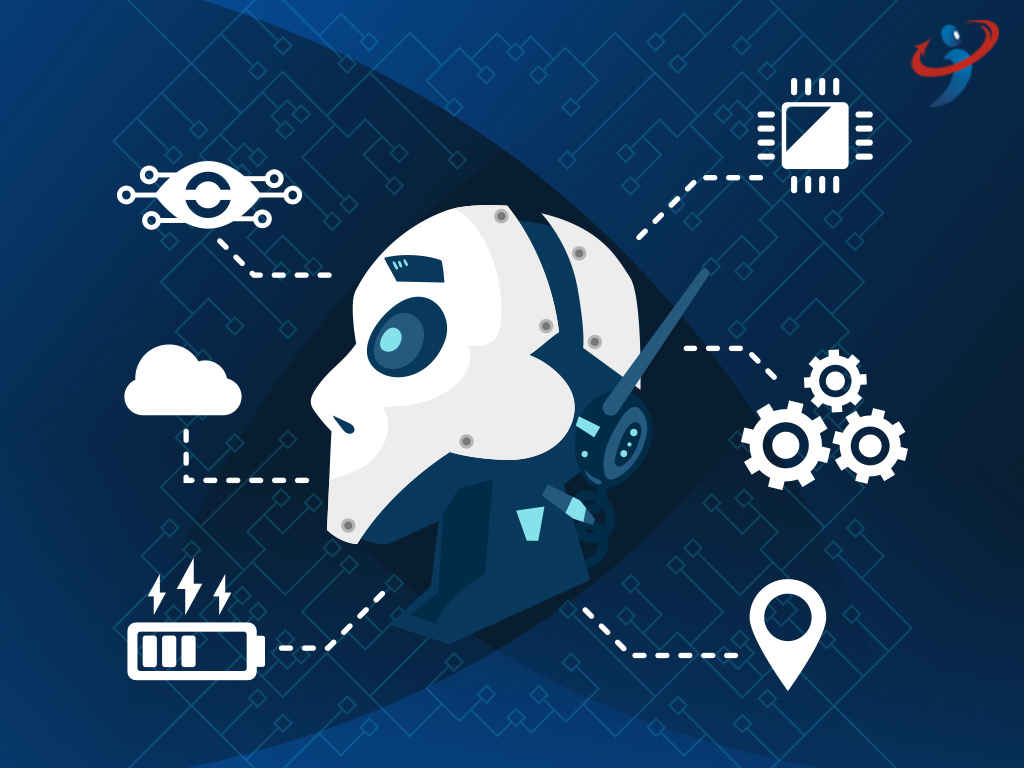The Future of Deep Learning

“Deep learning” (DL) became an instantaneous “star” when a robotic player defeated a human in the infamous sport of AlphaGo. Deep learning training and learning methods have been widely acknowledged for “humanizing” machines. A lot of the modern technologies for automation that is now found in commercial AI platforms result from the rapid development in machine learning (ML) and deep-learning technology. So, what is Deep Learning? A Deep Dive into Deep Learning in 2019 discusses DL’s “ubiquitous” existence in various facets of AI, whether it’s NLP or computer vision software. In the process, AI and DL-enabled automated systems tools, solutions, and tools are becoming the norm in all areas of business from marketing to customer experience and virtual reality and NLP or natural speech processing (NLP) -the digital impact is all around us.
Facebook Researchers Plagued with Privacy Dilemma
Deep Learning Will Be the End to End Encryption has raised concerns about the demand from the public for absolute security of personal information. This demand from consumers is directly in opposition to Facebook’s current AI research efforts. Facebook’s AI research team has to “mass-collect” personal data to train algorithms for learning.
Facebook realizes that the dream idea of end-to-end encryption was a myth in the world of research, searching for answers in the mountains of personal data. In future research, teams are currently contemplating the possibility of training algorithms using “dead data” for individual devices instead of mass collecting personal information. Facebook engineers will install software for content moderation directly on users’ phones to avoid data privacy violations in such a scenario.
In a controversial post, the author of this KD Nugget post predicts that deep learning may not be the future of AI. According to the author, the reason for this is that shortly, most DL methods won’t just become unexplainable but also illegal. The article also suggests a strong possibility that the subsequent mobile applications will not contain the DL.
Another major limitation of DL-enabled solutions is that the learning algorithms cannot provide a detailed explanation of their decisions. This could cause users to make choices provided by AI tools blindly and later come up with “fake” explanations for any rejected answer. This isn’t very encouraging for decision-support tools!
Democratization of Deep Learning in Five to Ten Years
Predictions for the Future of Deep Learning claims that every software-development platform will democratize DL within the next 5-10 years. DL tools will be an integral component of the toolkit for developers. The reusable DL components, which will be integrated into the standard DL library, can carry the features of the previous models to accelerate learning. As the automated development for deep-learning tools continues, there is a risk that the technology will become so complex that even the most basic developer will be completely incompetent.
Predictions about Deep Learning
Towards DataScience has this to say about the near future of deep learning:
Prediction 1: Deep Learning networks will help to decode memory on computers.
Prediction 2: Neural architecture search will play a key role in building datasets for DL models.
Prediction 3: NAS is expected to continue to employ reinforcement learning in search of convolutional structures.
An Information Age article argues in favour of using unsupervised learning techniques over data training. The idea is that the unsupervised learning process will match the “accuracy and efficacy” of the supervised learning with time. Despite the massive amount of data available, the majority of it isn’t known for DL algorithms.
Deep Learning Applications of the Present and Future
The acquisition by Google of DeepMind Technologies shook the business world. Google was the first company to begin exploring deep learning in marketing. Google aims to make DL an effective solution for those who are concerned about SEO.
The Future of Artificial Intelligence for Small Businesses shows the bi-directional shift in AI from research laboratories and company operations. Businesses use the power of automation AI tools to improve customer experience or perform the highest-speed data analysis.
Machine Learning and Artificial Intelligence Trends in 2019 provide intriguing AI and ML trends for the upcoming year. The most important trend to be followed is the impact on real-life situations of ML tools and technologies in the process of transforming one business at the moment “from the chatbots in CRM and virtual agents to (VR)-powered demonstrations on the shop floor.” The future Ml technologies, including DL, must demonstrate learning from limited training materials and transfer learning between contexts, continuous learning, and adaptive capabilities to remain valid.
The Future of Deep Learning Research, a YouTube clip, discusses reverse propagation and its application in deep-learning research and seven research techniques that could potentially take over backpropagation soon.
Deep Learning Future Trends in a Nutshell
Some of the primary trends that are moving deep learning into the future are:
1. The rapid growth of DL research and industrial applications demonstrate the technology’s “ubiquitous” presence across all aspects of AI, whether it’s NLP and computer vision.
2. As time passes and research opportunities are created, unsupervised learning techniques may produce models closely resembling human behaviour.
3. The conflict that appears to exist between the consumer protection laws and the requirements for research of vast quantities of consumer data is likely to persist.
4. The limitations of deep learning technology in the ability to “reason” can be a barrier to developing automated decision-support tools.
5. The acquisition made by Google DeepMind Technologies holds promise for marketers across the world.
6. The next generation of ML and DL technologies need to demonstrate the ability to learn from training materials that are not extensive and transfer knowledge between different contexts, continuous learning, and adaptive capabilities to be efficient.
7. Although a hugely popular technology, DL may not be the only saviour for all AI solutions.
8. If research into deep learning technology is advancing at this rate, the developers could soon be unable to keep up and be required to undergo intense training.